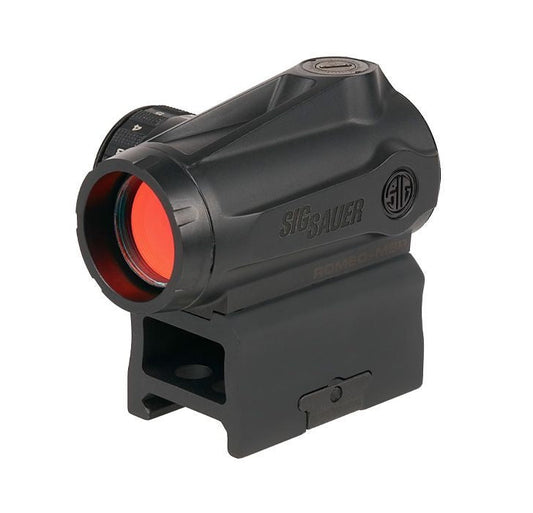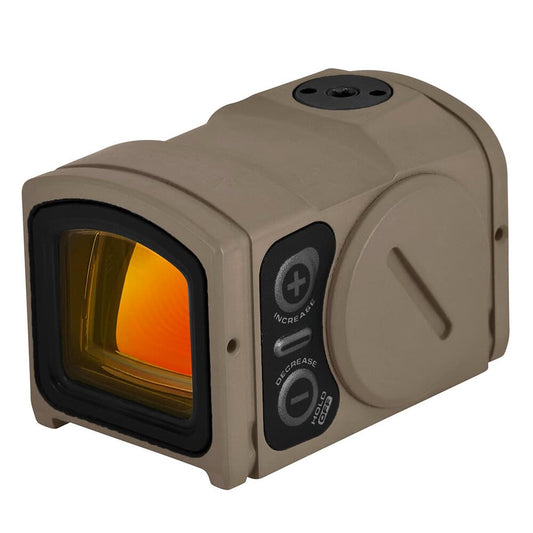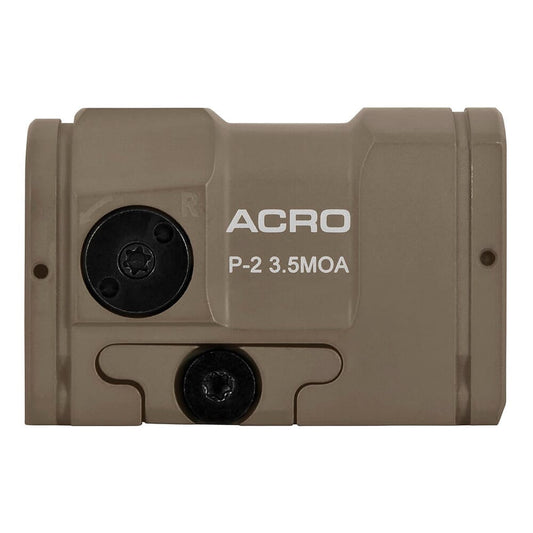

SIG SAUER Romeo MSR Gen II 1x20mm Red Dot sight offers exceptional clarity and accuracy, featuring a crisp 2 MOA dot that enhances target acquisition. With 12 brightness settings, including options for both daylight and night vision, this sight adapts seamlessly to different lighting situations. The impressive 35,000-hour battery life ensures long-lasting performance, providing confidence in critical shooting moments.
Constructed to endure tough conditions, the sight is IPX-7 rated for waterproof and fog-proof capabilities. The included see-through riser mount allows for absolute co-witnessing with standard iron sights, making it a practical addition to your MSR platform. The SIG SAUER Romeo MSR Gen II is more than just an accessory; it’s a reliable tool for precision shooting in various environments.
Features:
- PRECISE AIMING with a 2 MOA dot for accurate target acquisition.
- ADJUSTABLE BRIGHTNESS featuring 12 settings to adapt to varying light conditions.
- LONG BATTERY LIFE of up to 35,000 hours to keep you ready for action.
- RUGGED DESIGN that is IPX-7 waterproof and fog-proof for any environment.
- SEE-THROUGH RISER MOUNT ensures co-witnessing with your iron sights.
- LIGHTWEIGHT CONSTRUCTION minimizes added weight to your rifle setup.
- FAST TARGET ACQUISITION for quick response in dynamic shooting scenarios.
- QUALITY MATERIALS ensure durability and reliability under demanding conditions.
Technical Specifications Table
| Specification | Details |
|---|---|
| Magnification | 1x |
| Lens Diameter | 20mm |
| Weight | 5.6 oz |
| Dimensions | 3.7" x 1.9" x 2.2" |
| Material | Aircraft-grade aluminum |
What’s in the Box?
- 1x SIG SAUER Romeo MSR Gen II Red Dot Sight
- Mounting Riser
- Lens Covers
- User Manual
Customer Reviews
"The clarity and brightness are outstanding, even in bright sunlight!"
"Solid construction and easy to mount—exactly what I needed for my MSR!"
"Perfect for quick target acquisition; I love the ruggedness of this sight!"
FAQ
How does the SIG SAUER Romeo MSR Gen II perform in low light?
With its adjustable brightness settings, this red dot sight is designed to perform exceptionally well in low-light conditions, making it ideal for tactical scenarios and evening hunts.
Is the sight compatible with all rifle models?
While optimized for MSR platforms, the Romeo MSR Gen II can be mounted on a variety of rifles that accept standard Picatinny or Weaver rails, offering versatility for shooters.
Similar Models
Looking to enhance your optics collection? Explore our extensive SIG SAUER lineup, including models like the SIG SAUER Romeo5 for a more compact option and the SIG SAUER Tango6 for advanced long-range precision. Discover the full collection for exceptional optics tailored to your shooting needs.
You May Also Like
Here’s some of our most similar products people are buying. Click to discover trending style.








